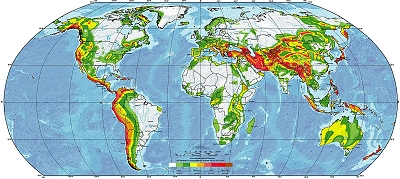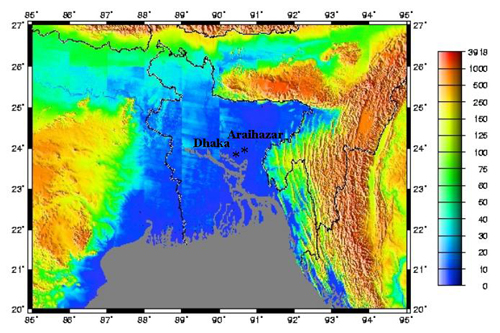This NY Times account of the “First Conference in Creation Geology” should ring a few bells, because I blogged about it way back at the beginning of September. Take that, mainstream media. As I said at the time, the idea that studying the geological record provides no clues about the timescales over which it formed is just plain wrong.
Although I’m not quite as angry as Brian about the generally conciliatory tone of the piece, I am rather concerned at the impression it leaves that Marcus Ross, Kurt Wise and his pals are doing something new. The author of the article, Hanna Rosin, in fact explicitly says:
This creationist approach to science is actually a relatively modern phenomenon, only about 50 years old.
Rubbish. A ‘creationist approach to science’ , particularly geology, has been tried before: back in the 18th and early 19th centuries, when scientists first began to examine the rock record, their first instinct was to try and reconcile what they saw with the Biblical account. They were intellectually honest enough to realise that it just didn’t work. In contrast, these jokers don’t even have the intellectual honesty to acknowledge their ‘new approach’ is more akin to rewinding the scientific clock by 200 years. It would have been much better if the readers of the NY Times had been made aware of that fact.






Nice plan for content warnings on Mastodon and the Fediverse. Now you need a Mastodon/Fediverse button on this blog.